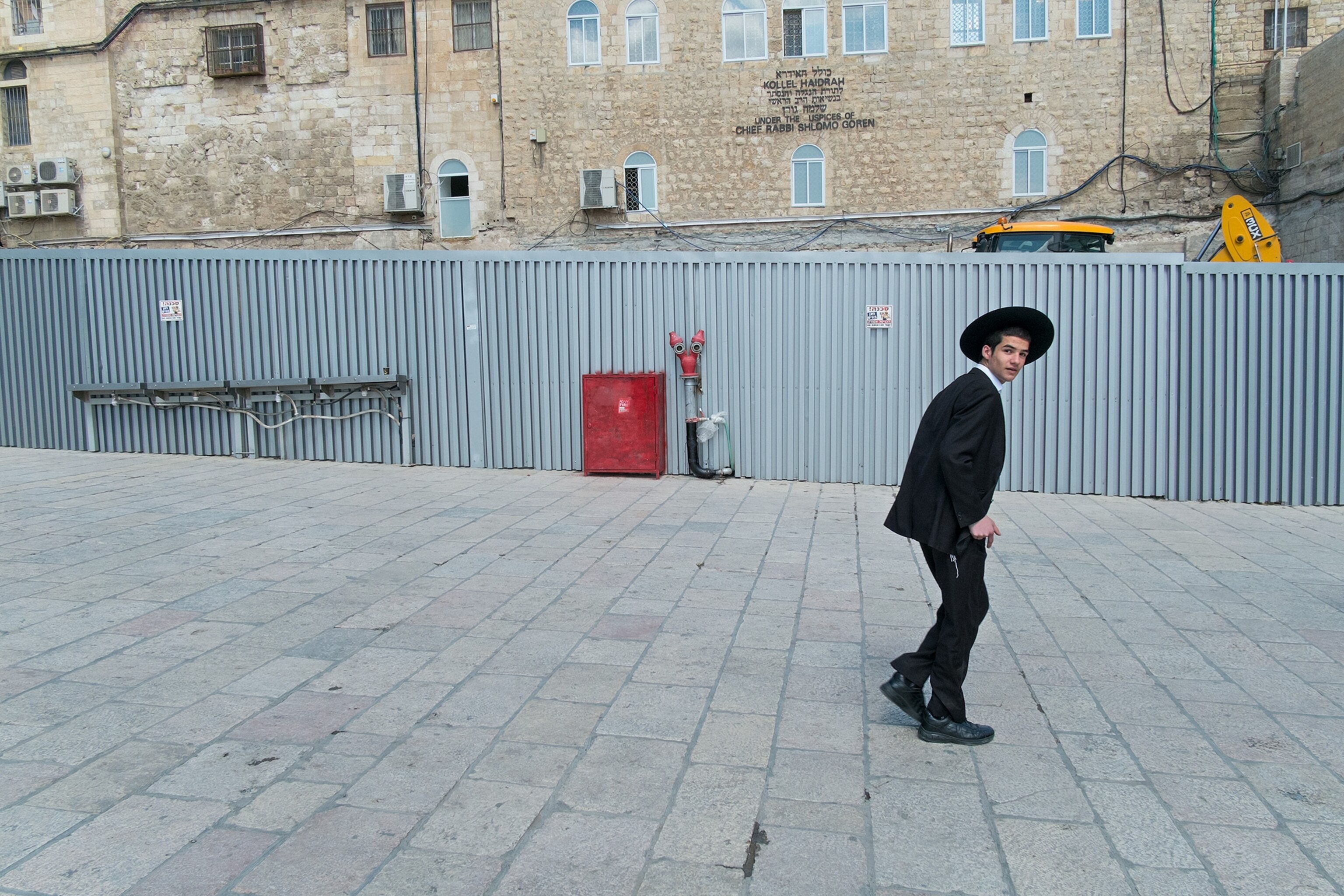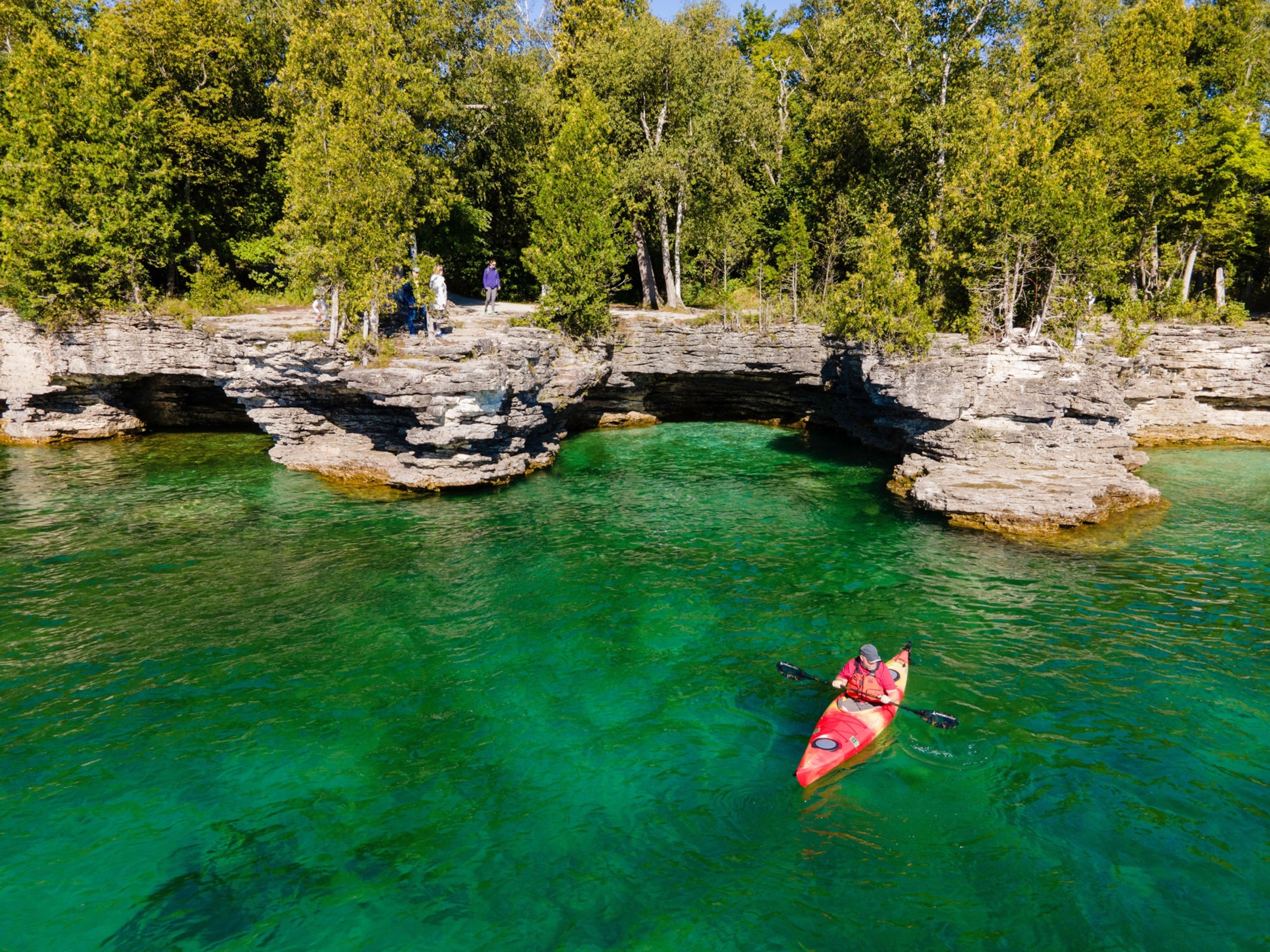Quirky photos reveal the forgotten side of iconic monuments
This photographer turns his back on famous landmarks around the world.
In 2012, London-based cinematographer Oliver Curtis traveled to Cairo on assignment, and–like millions of other tourists–he visited the Great Pyramids of Giza. However, instead of pointing his camera toward the oldest remaining wonder of the ancient world, he looked the opposite way.
“What I had in front of me was extraordinary,” describes Curtis. “Under my feet was the sand of the desert with bits of metal and rubbish and fast food waste and what have you. In the distance the suburbs of Giza are covered in smog. Between the two was a bright green, brand-new, private golf course.”
Those disparate elements seen from Khufu, the largest of the pyramids, inspired his series, "Volte-Face," which reveals the otherwise forgotten faces of dozens of the world’s most-visited landmarks from Buckingham Palace to the Great Wall of China.
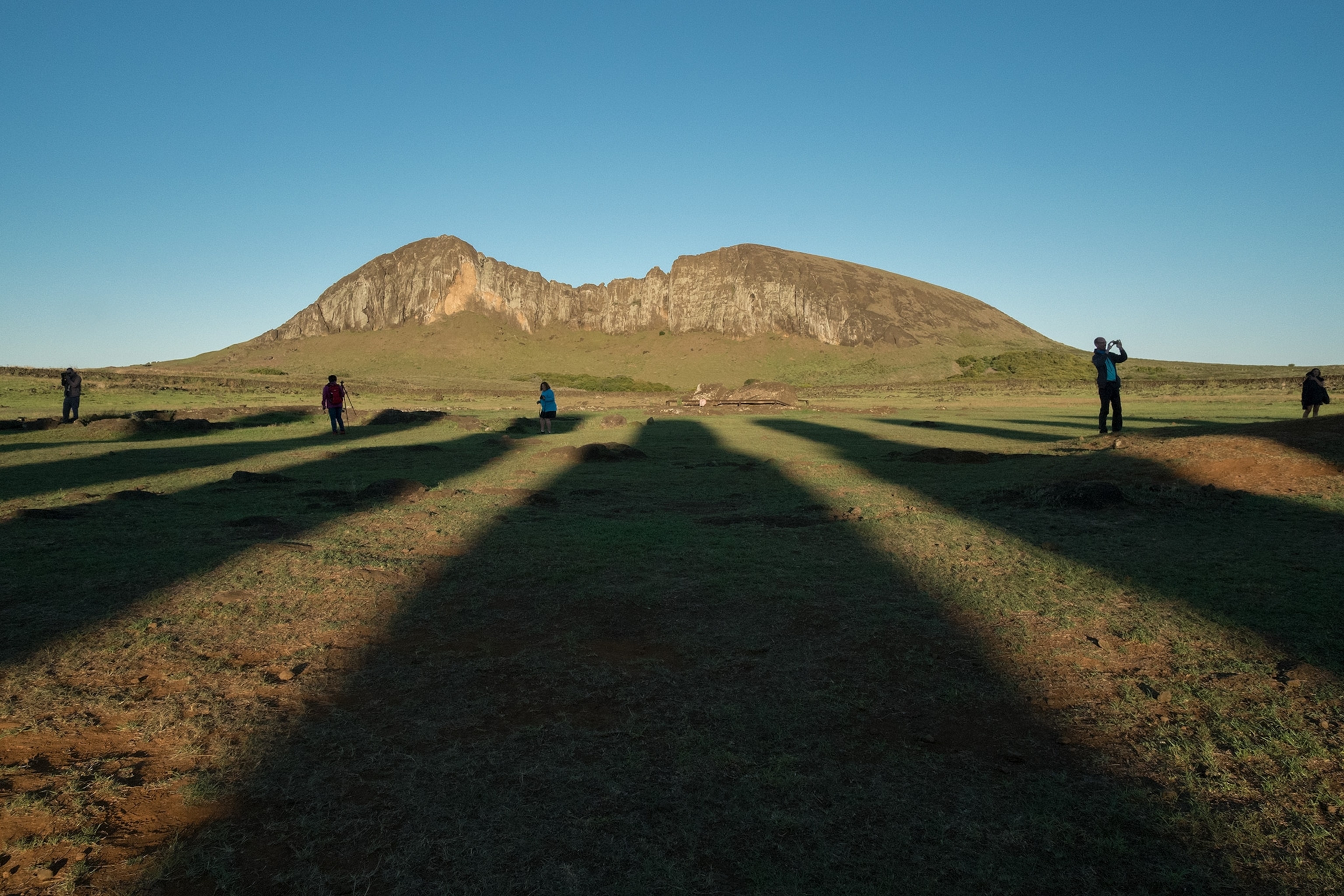
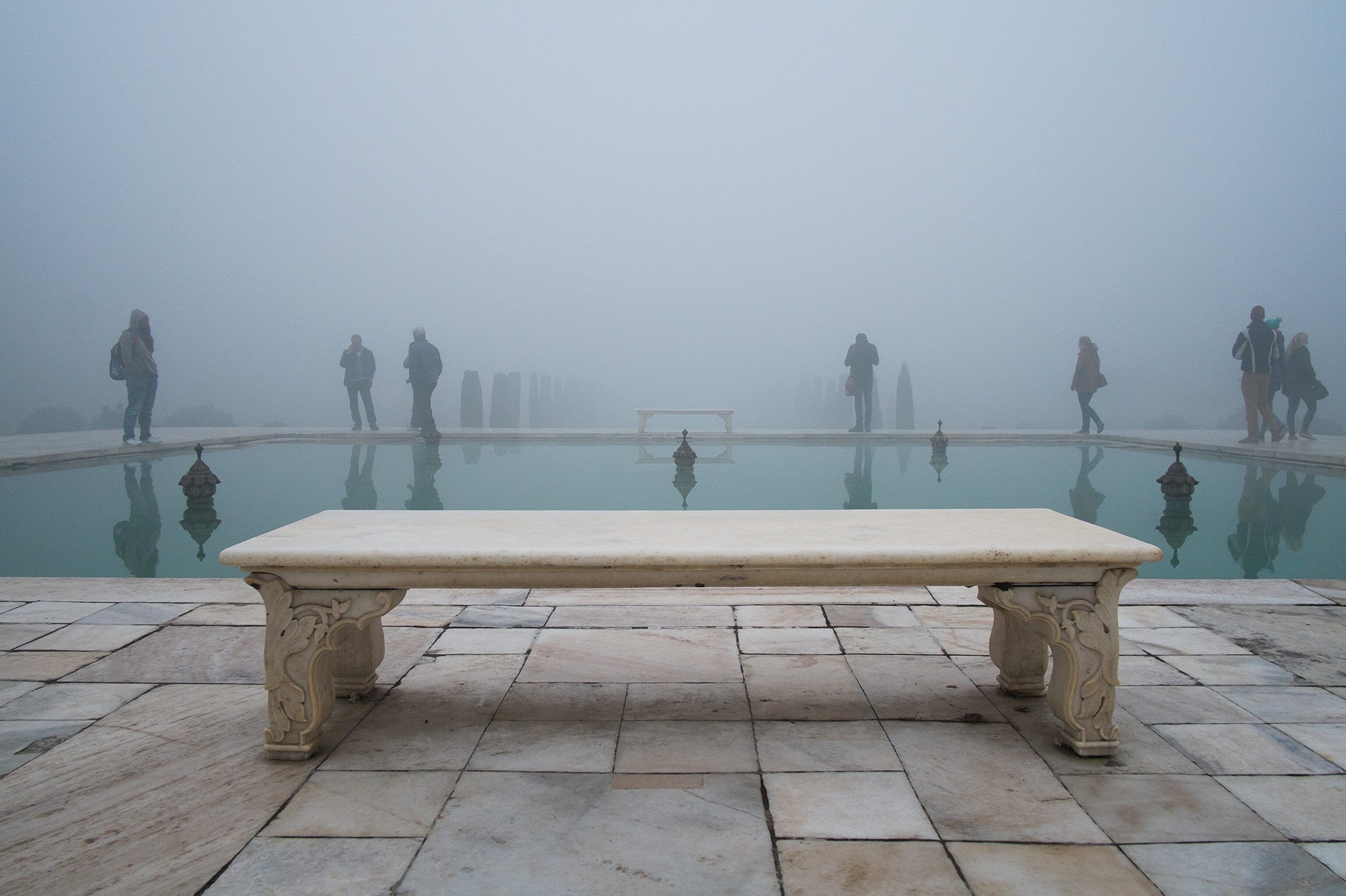
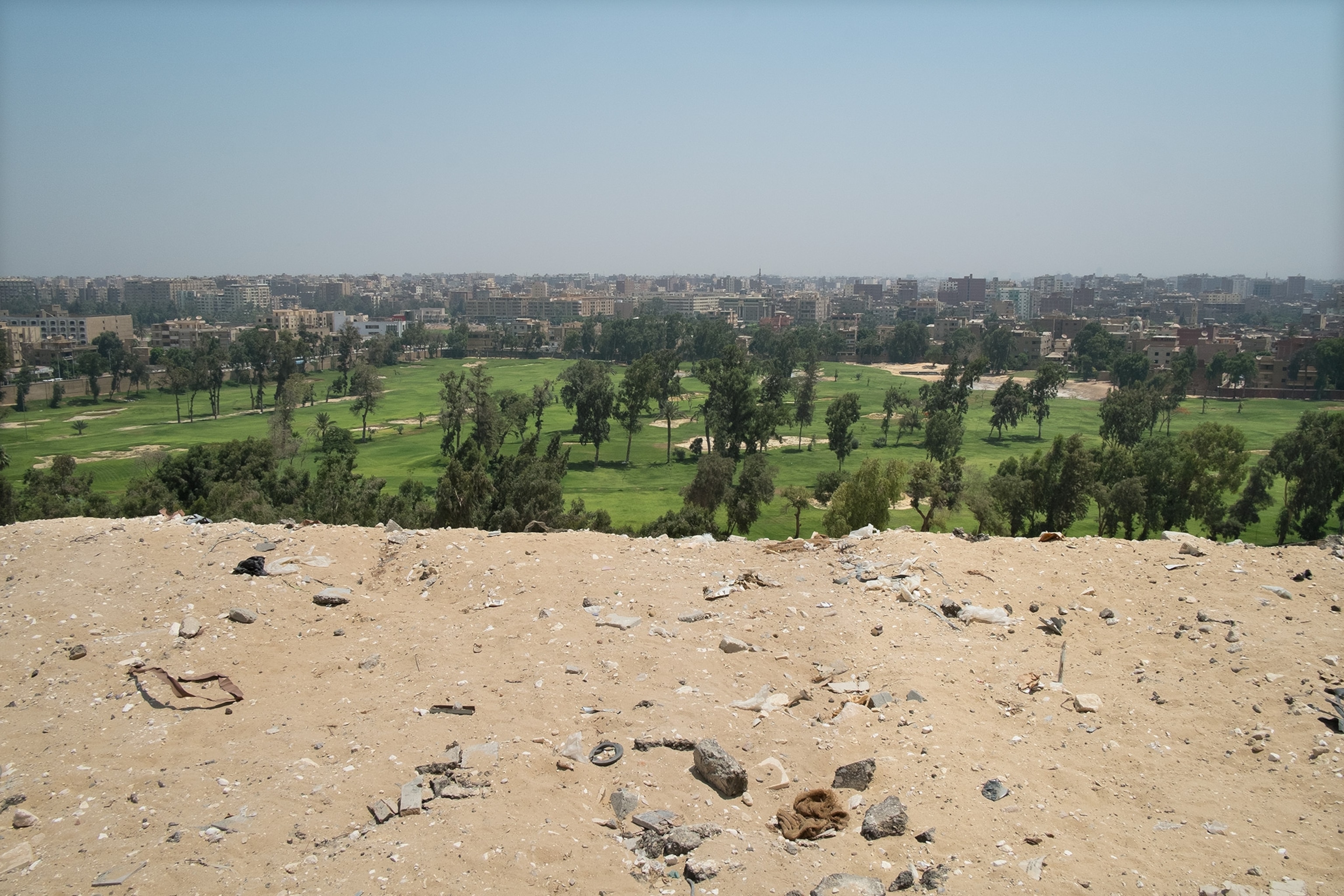
“Here’s the thing about the most photographed places in the world. When you get to them, you kind of feel you’ve seen them before.” Instead, Curtis looks closer to consider how the surrounding environment interacts with each monument’s statement of national pride.
In rare cases, Curtis planned ahead of time, like to capture the famed bench at the Taj Mahal where Princess Diana paused to admire the marble construction for love. More often the exploration took days: “I walked around and around the Statue of Liberty. I wasn’t sure what I felt about it, what I wanted to say politically or about the history of place. I try to avoid the obvious photos of people taking pictures.”
Even so human connection to the space appears throughout the series. Janitors in the shadow of the Christ of the Redeemer statue in Rio de Janeiro break with a view of Guanabara Bay. One woman naps under a tree in Lafayette Square park just north of the White House in Washington, D.C. A man selling tourist photos shields his face from the Moscow snow with a Kodak umbrella. Other scenes portray an acute sense of absence, like behind the Parthenon where archaeological ruins appear scattered rubble, or the stump of a tree never to grow next to the Eiffel Tower.
- National Geographic Expeditions
Nonsensical on postcards mailed home, these overlooked angles never were meant to be seen. "Volte-Face" reminds travelers to start looking around: “Even the most photographed places on the planet have surprises to yield.”
Oliver Curtis is a photographer and director of photography based in the United Kingdom. His photo project, "Volte-Face," was recently published by Dewi Lewis Publishing. Follow his travels on Instagram.








